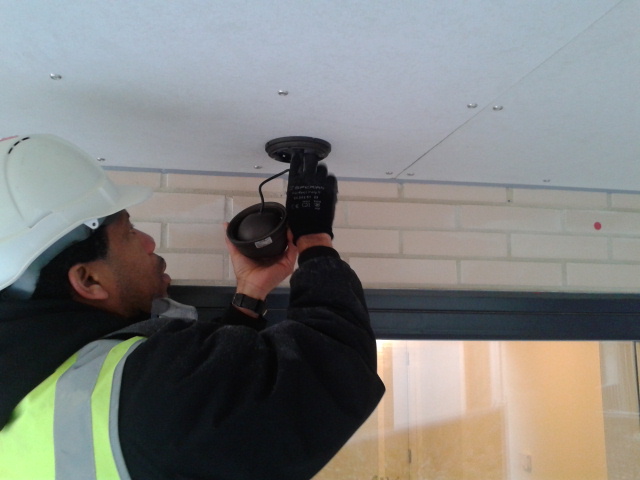When embarking on the journey of security camera installation, the question of how much clearance is optimal between your CCTV cables and the mains becomes crucial. Maintaining the correct distance between CCTV camera cables and the 230V AC mains is of utmost importance to avoid a spectrum of potential issues. The foremost challenge that arises when CCTV camera cables are positioned too close to the 230V AC mains is interference. The electromagnetic field generated by the mains cables can significantly disrupt the transmission of signals through the CCTV cables. This interference manifests as distorted or even entirely lost video feeds, hampering the intended purpose of the surveillance system. Apart from signal distortion, the proximity of CCTV cables to mains cables elevates the risk of electrical complications such as short circuits and fires, posing a substantial safety hazard. Furthermore, neglecting meticulous cable management can lead to the creation of tripping hazards and impede troubleshooting and repair efforts.
Let’s have a look at how to properly run the CCTV cable. The IEE wiring standard BS 7671 sets guidelines for cable run.
Guidelines from BS7671 on Cable Segregation

BS7671, the electrical wiring regulations standard, provides clear recommendations to address cable segregation during security camera installation. It classifies cables into two distinct voltage bands for the right cable segregation. Furthermore, BS 5839 and BS 62676 include a number of references to BS 7671 in cable routing.
Voltage Band I: This voltage level does not present a significant risk of electric shock. Band I includes extra-low voltage (ELV) circuits used in telecommunications, signalling (such as CCTV), alarms, controllers, and bells. The term “extra-low voltage” refers to voltages that do not exceed 50 V alternating current or 120 V ripple-free direct current (whether between conductors or to Earth).
Voltage Band II: Voltage Band II covers all supplies that operate at 230/400 V (240/415 V). BS7671 requires that cables from Voltage Band I and Band II not share the same cable enclosure or multicore cable unless the following conditions are met:
- Each conductor within a multicore cable should be insulated for the highest voltage present, or each cable should be insulated accordingly.
- The conductors from both voltage bands must either be installed on separate trays with partitions ensuring adequate separation or be situated in separate compartments within trunking or ducting systems.
- Each voltage band should have its dedicated ducting system or conduit.
Impeccable attention is essential to ensure that circuits remain unaffected by electrostatic (arising from electric fields) and electromagnetic interference (due to electromagnetic fields). This introduces an additional layer of complexity for circuit designers. Their responsibility now extends beyond ensuring segregation and delves into guaranteeing the absence of interference.
In scenarios where a shared switchplate, block, or box accommodates circuit outlets from both voltage bands, the circuits’ connections should be divided using a partition. If the partition is constructed from metal, it must be earthed to ensure safety and proper functioning.
We trust that this article has piqued your interest in the critical aspect of cable segregation during security camera installation. To delve deeper into CCTV and security alarm installation techniques, we invite you to subscribe to our newsletters. For comprehensive training courses in fire and security installation, look no further. Reach out to us to gain a profound understanding of these essential practices.
